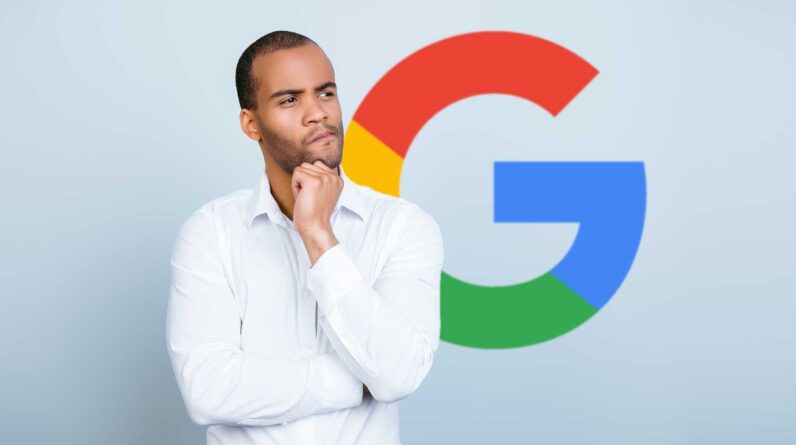NEW YORK, Aug. 02, 2022 (GLOBE NEWSWIRE) — When you think about how to improve your SEO (Search Engine Optimization) ranking, the most common things that probably come to mind are keywords, content , backlinks, metadata, etc. While all of this is important to the SEO workflow, marketers and SMBs often forget that high-quality images and videos are essential to making the most of how you can get your content in front of potential customers, from from web search listings to Google News, Google. Discover, search images and more.
Conductor’s State of Organic Marketing in 2022 found that 61% of B2B decision makers start the process with a web search, while a whopping 87% of all retail buyers do the same, far outstripping other channels, such as Display and Social Media. proving that the time and effort you invest in SEO is vital to connecting with new customers. However, the most common challenge for brands is understanding the actionable insights they need to execute to improve the ranking of their websites, content, apps, products, or business listings on search engines like Google, Bing, and Yahoo! .
Image optimization has become increasingly important in recent years, and many search results now contain or even require images in order for you to rank for them.
To help SMBs and marketers boost their SEO strategies, Matthew O’Such, VP of SEO at iStock, a leading e-commerce platform that delivers premium content to SMBs, SMBs, creatives and students everywhere has provided five tips on how to use stock images and videos to drive stronger SEO:
1. Say yes to stock, authentic and relevant images
There is a common myth that stock photos and images are not good for SEO and that original images are necessary to rank a brand’s content. Despite this, When it comes to SEO, having images that help customers identify with your brand, the content you’re creating and its goals should be your first selection criteria, as this helps your content increase audience generation potential.
Stock images and videos are used around the world every day and work very well to represent the content they are paired with for organic search. I know from the amount of iStock content I see in the search results our customers are using today and the featured modules that contain those images, that this myth is not true.
2. Think high quality and use the right image size
From May 2022, over 50% of searches have an image group or image carousel in Google organic search results. This number has grown more than threefold in the last ten years.
Use a high-resolution image, one at least 1200 pixels (px) wide and an aspect ratio of 16×9, 4×3, or 1×1. When selecting images, make sure you don’t use images that are too large, but also not of low quality/resolution. For example, if the hero image space is only 500px wide and 400px high, don’t use an image larger than that, resize or download an image that closely matches the space of intended use.
Read our article on standard image sizes for more information.
3. Be descriptive
Be sure to be descriptive with titles, captions, file names, article copy, and “ALT” (alternate) text around and near the image. Also make sure to use an SEO relevant page title and description, as search engines often use this to describe the page the image is on or the image itself if it appears in Image Search Google.
The same general best practices apply to video. Your content, the words you say in the video, and the title and description contribute to your ranking results. YouTube automatically creates a transcript of what you say, not only for captioning features, but also to understand what the video is about.
4. Use “Structured Data”
Add “Structured Data” to the page code. This data reflects the technical representation of the image’s metadata, such as creation date, shot location, file name, if it is part of another element on the page, such as a product or recipe , etc. For videos, video length and any other “key moments” are also very valuable in this area.
5. Keep it data-driven
Since you might be using Google Trends for your SEO keywords and content, Make sure you have a data-driven approach to how you select your topics and images. VisualGPS Insights is a brand new interactive tool from iStock, pulling data from billions of user searches on iStockPhoto.com. The tool displays relevant and actionable insights made accessible through easy-to-understand charts and graphs with robust data sourced from the world’s leading visual content providers.
From an SEO perspective, you can explore specific keywords and phrases and research user interest by industry or region during a specific time period. The tool displays related words and phrases to help you focus on the exact terminology the segment uses to search for a concept, then view popular images (pictures, videos, illustrations) to literally see how this segment visualizes this concept. The more data you can find about the specific nuances your target segment expects, the better prepared you’ll be to deliver engaging content.
To help make smarter decisions about your visual content that resonates with your customers and drives stronger SEO, check out andStock VisualGPS Insights tool
Contact with the media
Ilse Noguez: ilse.noguez@gettyimages.com
[ad_2]
Source link




